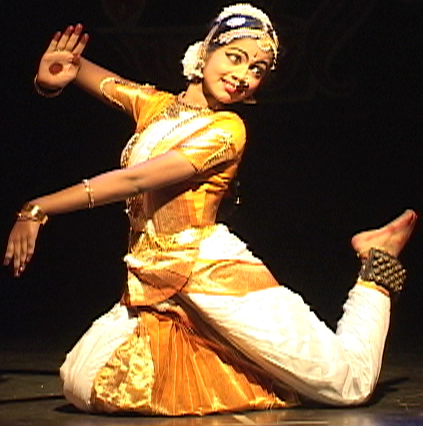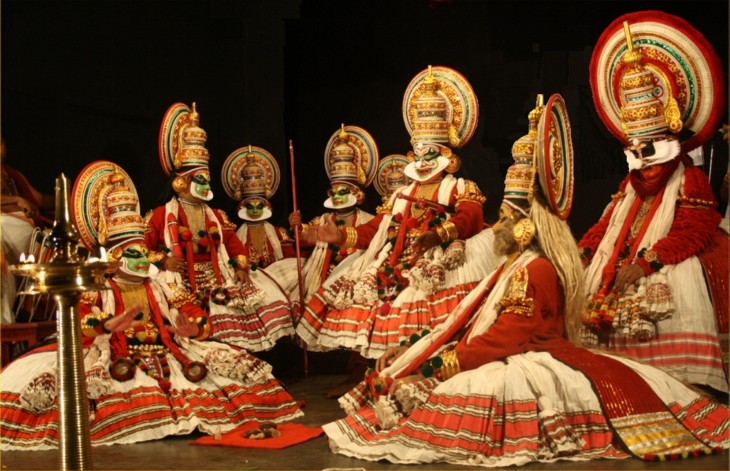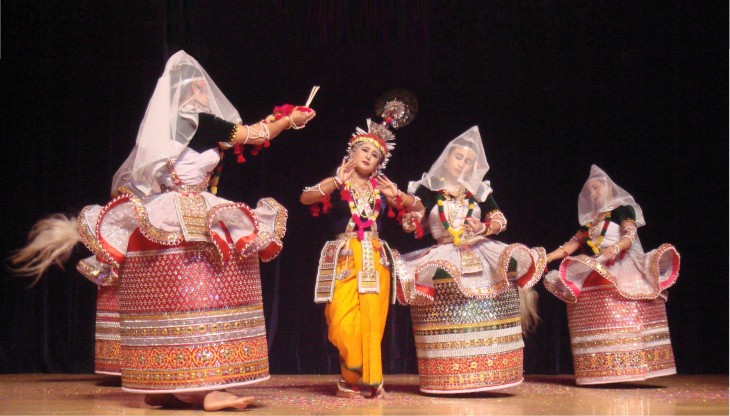Dance is practiced in various parts of the world to represent the culture, tradition and nation. When it comes to India, classical dance stands above all the dances practiced in sub-continent. On big festivals and occasions such as wedding, film award and parties, classical dance is considered as the entertaining pulse of the event. Especially when it comes to Bollywood and Indian cinema, no one can abstain from admiring the classical dance moves. There are various types of classical dance practiced in India, here are few of them to mention.
Bharatanatyam
Bharatanatyam originates from Tamil Nadu in Southern India. It touches its geneses back to the Natyashastra, an olden treatise on the stage transcribed by the epic rector Bharata. In the beginning, the temple dance practiced by women was used to portray Hindu religion stories and supplications. Until the 20th century, it was not practiced commonly in public. In this classical Indian dance, legs are bent and feet are harmonized with the rhythm of music. Hands are used for moments or hand gestures to tell the story. These stories are usually depiction of Hindu Religious and spiritual stories or some of the great stories of legends.
Kathakali
Kathakali originates from Southwestern India that is near to Indian state of Kerala. Kathakali is also a religious dance just like Bharatanatyam. The dance is normally depiction of stories of Shaiva and Ramayana traditions. It is performed by boys and men normally, but women can also perform this dance. The costumes are rich and elegant while the face is made in such a way that it looks like huge head crowns or painted masks.
Kathak
Kathak classical dance is a part of northern India and is normally called as dance of love. Both men and women can participate in this classical dance. The movements comprises of complex footwork along with small bells around the ankles. It portrays motions modified from normal body language. The dance was originally descended from Kathakas who were storytellers and used mix of songs, drama and dance to make the audience understand the story. In the beginning, it was only practiced in temples for religious fervors but with the passage of time, it went to the ruling houses and courts, making it public.
Manipuri
Manipuri dance is derived from the state in northeastern India known as Manipur. The Manipur classical dance mostly presents story of god Krishna and performed as ritual and tradition in many parts of India. Unlike other classical dances, Manipuri is described as graceful and smooth movements. The movements of women are fluid in hands and arms while men have to be more forceful in making movements.
The classical dance of India is recognized worldwide and is popular because of the movements and the steps involved. The movement of arms, feet and legs are synchronized with the rhythm of music that comprises of tabla, sitar, piano and other instruments. It brings peace and harmony to the body and soul for someone who admires dance and music.













